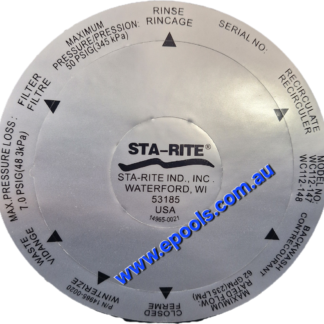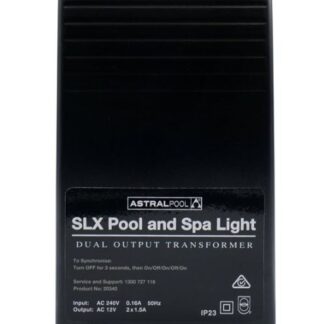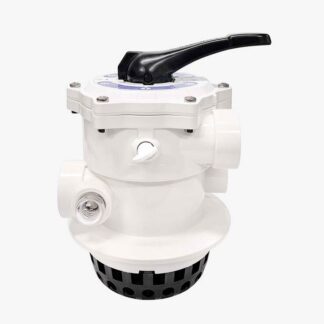
I recently responded to a customers inquiry regarding a zodiac lm3 series chlorinator, this was the issue the customer was having
Received the Zodiac LM3 40 Salt Chlorinator April 2014 from Epools.
At the moment we have a slight problem.
The Salt Cell display gives the note that salt has to be added but there is enough salt in the pool (checked by poolman).
The edges on the bottom of the swimming pool are getting slowly green (the side were sun does not come).
For 11 years we use Zodiac and never had problems so do not know how to solve this.
The poolman thinks that the cell does not work correctly.
Can you advise in this? Is there a possibility to reset?
Many thanks in advance for your help.
Kind regards,
Yvonne
and after reading her query i replied with this information
Hi Yvonne
The add salt or low salt light comes on when the chlorinator detects lower than normal electrical current passing thru the cell.
there are three or four things that can cause this, the most common being the build up of calcium deposits on the plates of the cell.
Now I know that your chlorinator is a self cleaning model, however many people make the wrong assumption that because it is self cleaning
you never need to clean it.
That is not the case. The best interpretation of self cleaning is that non self cleaning models would need cleaning every three to four weeks or less depending on the water chemistry and
self cleaning models need cleaning every eight to nine weeks. if this is not done then the result will be a calcium build up on the plates of the cell.
cleaning the cell is a simple process, it involves removal o the cell and immersing it in a solution of 10% of hydrochloric acid ( 100ml of acid per litre of water) for about 10-15 minutes,
then rinsing the cell and re installing it in the housing.
hopefully this will solve the issue for you,
as it turned out the cell was past its use by date and needed to be replaced, since then the customer has purchased and installed a new cell and the chlorinator is now working perfectly.
cell life can vary depending on how it is set up, one of the most common incorrect setups i have seen is the run times being incorrectly setup.
to understand this you need to have an appreciation of how the system works.
A salt cell generates chlorine in a very dilute form and it needs time for the level of chlorine to build up in the water. In this situation if for example you have the run time set to say 9.00am start to 3.00pm finish you are getting 6 hours of chlorination with unfortunately very little actual chlorine in the water. Why?? The answer is that while the cell is generating the dilute amount of chlorine, the action of the sun light is breaking down the chlorine as it is being produceds with the result of low chlorine after the run is finished.
What happens then is most people turn up the output of the chlorinator and increase the run time to try to get more chlorine in the water with the result that the cell ends up having a shortened life span.
So what is the correct way to get the desired result??
The answer is simple.
Split your run times to 3 hours before the sun and 3 hours after the sun
that way you end up with a good level of chlorine in the water and a longer life span on the cell
Lets look at the afternoon run time in such a setup.
lets say the first run starts a 6.00pm, and finishes at 9.00pm.
At 6.00 pm there is normally very little sunlight on the water so the chlorine level starts rising and at the end of the run there is a decent amount of chlorine in the water.
The chlorine stays in the water overnight and does its job and then the morning run kicks in lets say 6.00am to 9.00am and this then boosts the already decent amount of chlorine to a higher level.
Then during the day the sun acts on the chlorine breaking it down but by the time the evening run kicks in there is still some chlorine left in the water and then the cycle repeats itself.
In Yvonne’s case she did have her run time split into early morning and late evening and as you can see her cell lasted he 11 years
so maybe after reading this it may be a good idea to check how your chlorinator run time is set
Regards
Justpools
Service Tech






